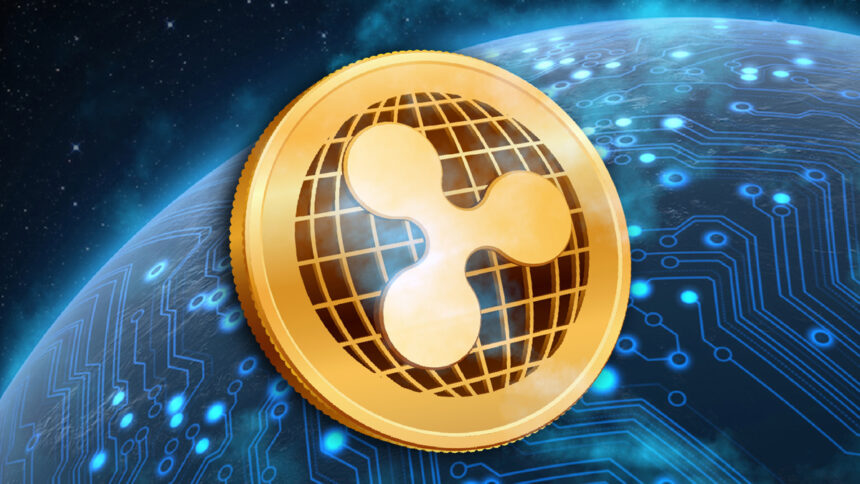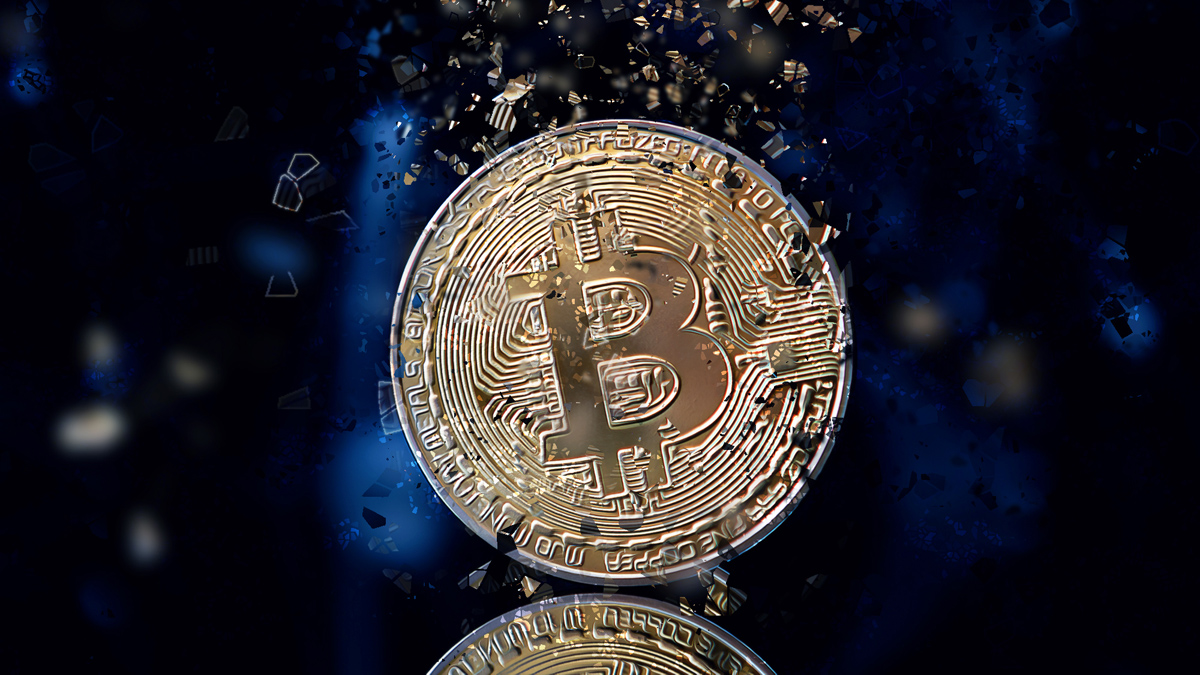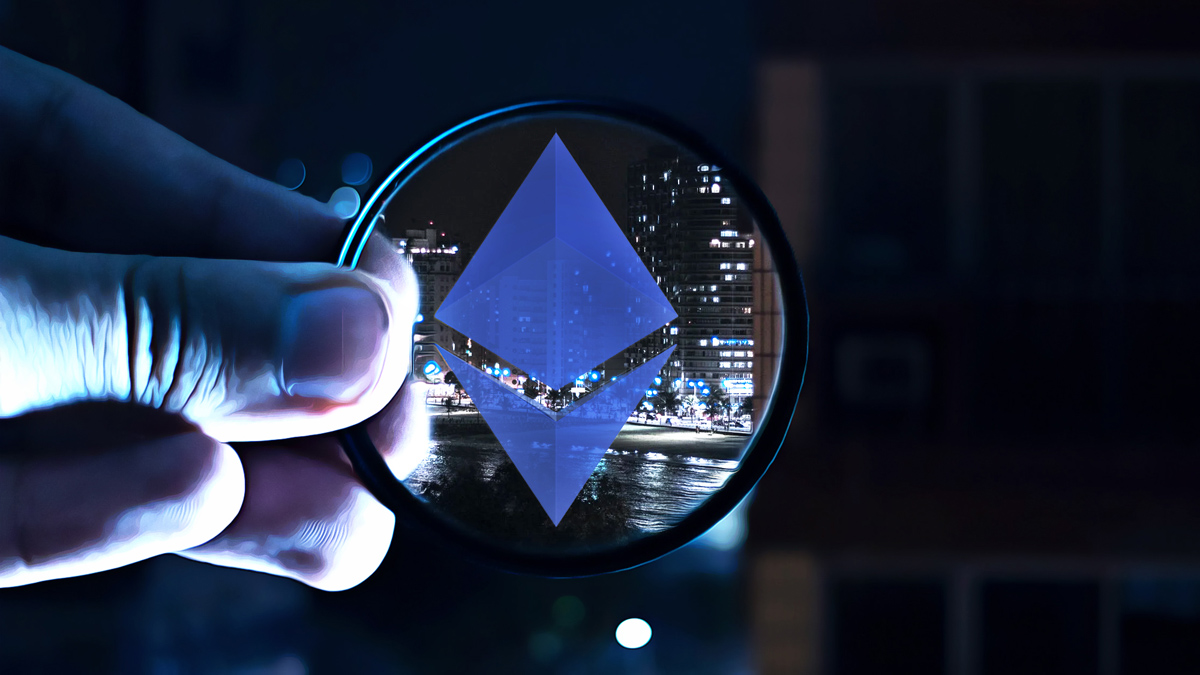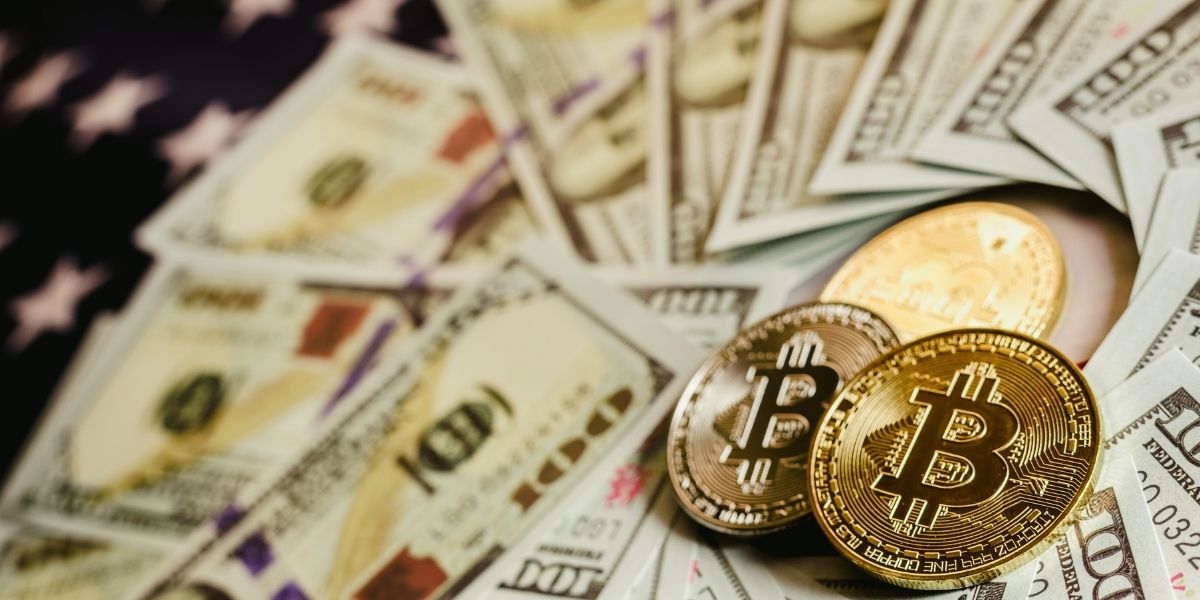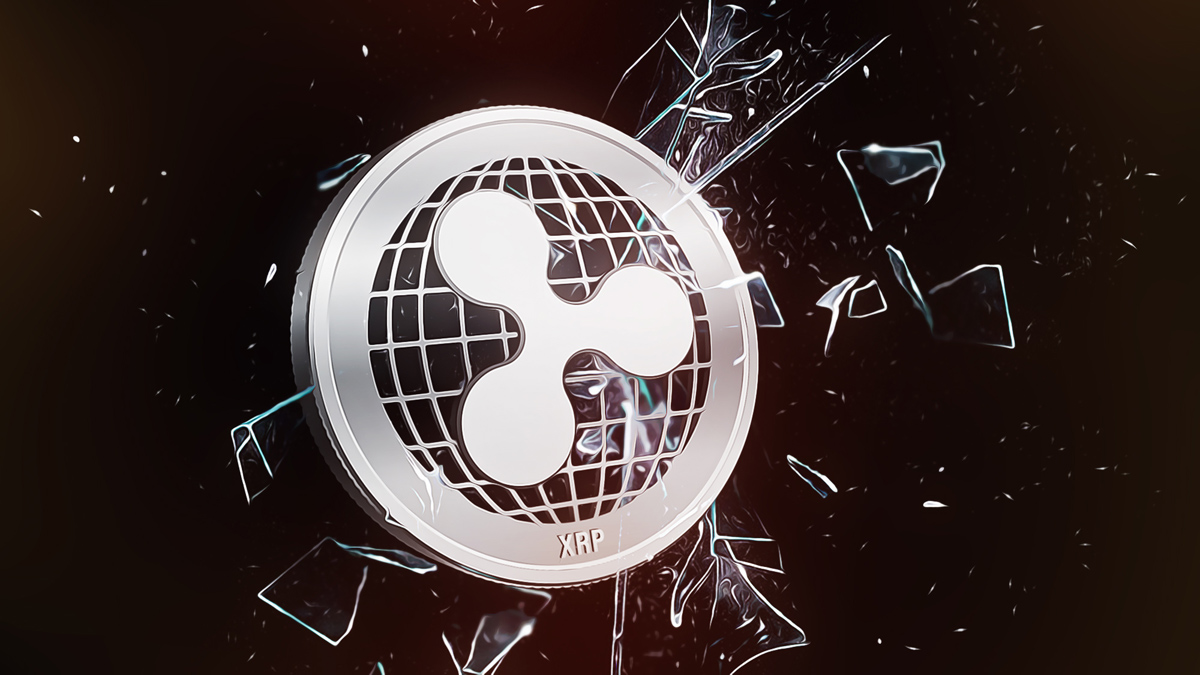As Ripple  $2 approaches the final stages of its legal battle, the company has shifted its focus towards expanding its network. It has taken significant steps to demonstrate this commitment. The company’s CTO asserts that the altcoin is crucial for network transaction fees, which will sustain long-term demand. What is the current status of the XRP Ledger?
$2 approaches the final stages of its legal battle, the company has shifted its focus towards expanding its network. It has taken significant steps to demonstrate this commitment. The company’s CTO asserts that the altcoin is crucial for network transaction fees, which will sustain long-term demand. What is the current status of the XRP Ledger?
XRP Ledger Development
Software development is crucial for the XRP Ledger. Enhancing programmability is essential to allow more developers to create beneficial products on the network. Officials have promised significant advancements in this area in the upcoming quarter, with two major developments highlighted.
- XRP Ledger Mainnet
- Native smart contracts on XRPL EVM Sidechain
The sidechain allows developers to deploy smart contracts quickly without requiring consensus across the network. This development is currently underway, led by the partner Peersyst. Cross-chain transitions between the XRPL mainnet and 55 networks will be facilitated by the Axelar bridge. While standards like Hooks open up programming possibilities, Ripple continues to explore additional advancements.

Ripple USD Launch
To facilitate massive smart contracts on the network, Ripple requires a fully compatible stablecoin, known as Ripple USD (RLUSD). Agreements have already been established with global partners such as Uphold, Bitstamp, Bitso, MoonPay, Independent Reserve, CoinMENA, and Bullish for RLUSD.
Leading market makers like B2C2 and Keyrock will support RLUSD’s liquidity, paving the way for broader adoption in the markets. This step is crucial for both XRPL growth and Ripple’s revenue generation. As one of the few stablecoins issued under a New York Trust Company Charter, RLUSD provides the community with some regulatory assurance. Delays in the process are attributed to ensuring all legal requirements are met to avoid a lengthy lawsuit similar to the one faced with XRP Coin.
If XRPL attracts a wave of developers and easily connects with other networks as intended, we may see an increase in XRP Coin prices. The growing number of transactions requires developers to create new applications. Although increased transactions may not lead to deflation, they can result in higher burn rates and XRP demand, which could naturally elevate prices.

 Türkçe
Türkçe Español
Español

